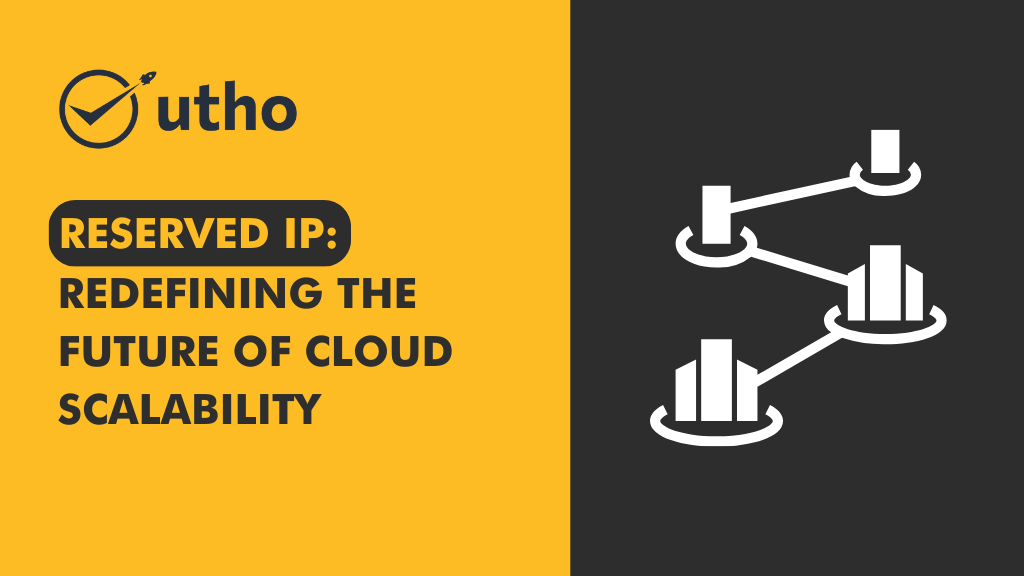title: "serverless computing: What is it and how does it work?"
date: "2023-04-26"

As businesses move towards cloud computing, serverless computing has become increasingly popular. It allows organizations to focus on the core business logic without worrying about the underlying infrastructure. But what exactly is serverless computing, and how does it work?
In this article, we will provide an introduction to serverless computing, its benefits, and how it differs from traditional server-based computing.
What is serverless computing?
Serverless computing is a cloud-based model that allows developers to run and scale applications without having to manage servers or infrastructure. It is a fully managed service where the cloud provider manages the infrastructure and automatically scales it up or down as required. With serverless computing, you only pay for what you use, making it a cost-effective solution.
How does serverless computing work?
In serverless computing, a cloud provider such as Amazon Web Services (AWS) or Microsoft Azure runs the server infrastructure on behalf of the customer. Developers write code in the form of functions and upload it to the cloud provider. These functions are then executed on the provider's infrastructure, triggered by events such as a user uploading a file or a customer placing an order. The cloud provider automatically allocates resources to run the function and scales it up or down as required.
Benefits of serverless computing
Serverless computing offers several benefits to businesses, including:
-
Cost-effectiveness: With serverless computing, you only pay for what you use, making it a cost-effective solution.
-
Scalability: Serverless computing automatically scales up or down based on the demand, ensuring that the application is always available to the end-users.
-
High availability: Serverless computing ensures high availability by automatically replicating the application across multiple data centers.
- Increased productivity: Serverless computing allows developers to focus on writing code rather than managing infrastructure.
Differences between serverless computing and traditional server-based computing
In traditional server-based computing, the organization manages the servers and infrastructure, including the operating system, patches, and updates. The application runs continuously on the server, and the organization pays for the server, regardless of whether the application is being used or not. In serverless computing, the cloud provider manages the infrastructure, and the application runs only when triggered by an event. The organization pays only for the resources used during the execution of the function.
Conclusion
Serverless computing is a powerful cloud-based model that offers several benefits to businesses, including cost-effectiveness, scalability, and high availability. It differs significantly from traditional server-based computing, as it allows organizations to focus on the core business logic without worrying about the underlying infrastructure. If you are considering serverless computing for your business, MicroHost can help. Our cloud-based solutions are designed to meet the needs of businesses of all sizes. Contact us today to learn more.
Read Alos: 5 Best practices for configuring and managing a Load Balancer



